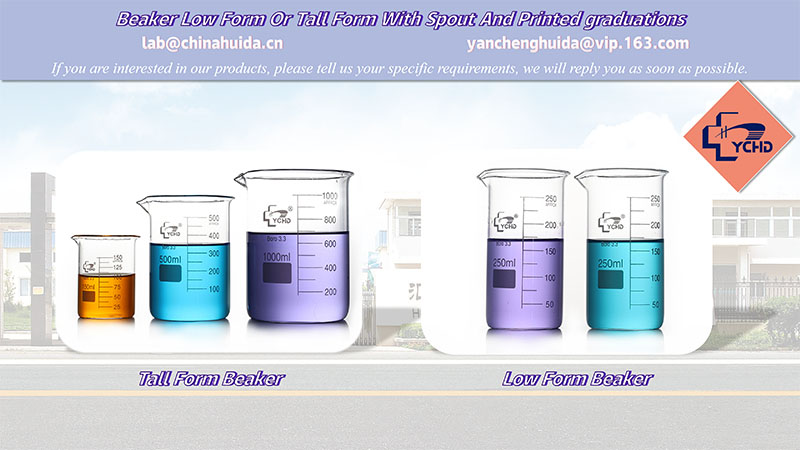1. Marsshall method
(1) Material antibody globulin solution, 0.5 mol/L (pH 9.0) carbonate buffer, sterile saline, fluorescein isothiocyanate, 1% thimerosal aqueous solution, 50ml beaker, 4℃ refrigerator, Electromagnetic stirrer, dialysis bag, glass rod, 0.01mol/LPBS with pH 7.2 or 3.0, etc.
(2) Methods and steps
① Preparation of antibodies. Take an appropriate amount of globulin solution of known concentration in a Graduated Beaker, and add human saline and carbonate buffer to make the final immunoglobulin concentration 20mg/ml, and the carbonate buffer capacity is 1/10 of the total. Mix well, and place the scorch on an electromagnetic stirrer (the speed is appropriate to avoid foaming) for 5-10 minutes.
② Preparation of fluorescein. According to the total amount of protein to be labeled, add 0.01 mg of fluorescent pigment per mg of immunoglobulin, and accurately weigh the required fluorescein isothiocyanate powder with an analytical balance. The following formula can also be used to calculate the amount of immunoglobulin and fluorescein, and the amount of buffer to be added can also be calculated.
a. Protein solution: content Amg/m1; volume Bml.
b. Total protein amount (AXB) = Crag.
c. C/20~C/10=Dmg (if the protein content is lower than 20mg/ml, use C/10; if it is higher than 20mg/ml, use C/20).
d. The amount of fluorescein FITC: (1/50~2/100) XC=Emg.
e. 0.5 mol/L (pH 9.5) carbonate buffer solution D/10=Fml.
f. The amount of PBS D-(B+F)=Gml.
Note: A is the protein content, mg/ml; B is the volume of the protein solution; C is the total protein, mg; D is a constant, mg; positive is the amount of fluorescein, mg; F is the volume of carbonate buffer , Ml; G is the volume of PBS, ml.
③ Combine (or mark). Gradually add the weighed fluorescent pigment to the globulin solution while stirring to avoid sticking the fluorescein to the wall of the flask (approximately within 5-10 minutes). After the addition, continue to stir in the dark for about 12 hours. During the binding period, the protein solution should be kept at about 4°C, so move the chemistry lab glass beaker and stirrer into a 4°C refrigerator.
④ Dialysis. After the binding is completed, centrifuge the labeled globulin solution (2500r/min) for 20rains to remove a small amount of sediment, put it into a dialysis bag, and then place it in a lab borosilicate glass beaker, dialyzed with pH 8.0 buffered saline (0~4~C )overnight.
⑤ Pass the column. Take the dialysis overnight marker and pass it through a Sephadex G-25 or G-50 column to separate the free fluorescein, and collect the labeled fluorescent antibody for identification. Eluent: 0.01mol/L phosphate buffer (pH 7.2); filtration volume: 12ml labeled global protein solution (not dialyzed before filtration); collection volume: 20ml (diluted about 1.7 times).
2. Chadwick method
(1) Reagents and materials. Antibody globulin solution, fluorescein isothiocyanate, 3% sodium carbonate aqueous solution, 0.01mol/L pH8.0PBS, 1% thimerosal, centrifuge and centrifuge tube, 25ml beaker ,stirrer, sterile straw, sterile Pipette and capillary dropper,500ml beaker,dialysis bag, etc.
(2) Methods and steps
① Antibody preparation. Dilute the globulin solution to a concentration of 30-40 mg/ml with pH 8.0 phosphate buffered saline at o~4~C, put it in a 25ml beaker, and put it in an ice tank.
② Fluorescent pigment preparation Calculated by adding fluorescein 0.01rug per milligram of immunoglobulin, weigh the required fluorescein and dissolve it with 3% sodium carbonate aqueous solution.
③Mix the prepared antibody and the fluorescent pigment solution in equal amounts, stir thoroughly, and combine in a refrigerator at o~4~C (preferably keep stirring on a magnetic stirrer) for 18~24h.
④ Dialysis and column chromatography. The method is the same as the Marsshall method.
Post time: Dec-17-2021





